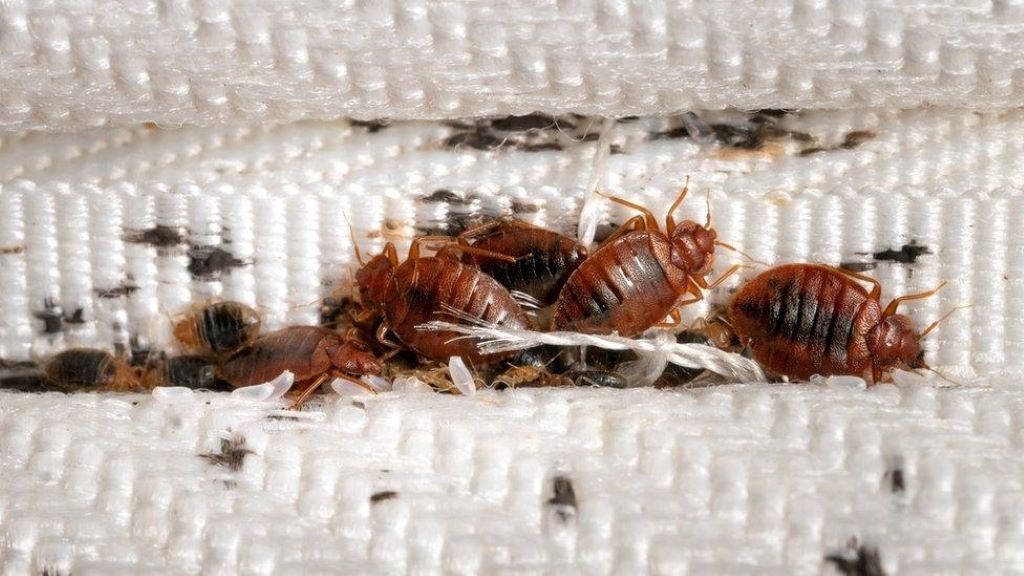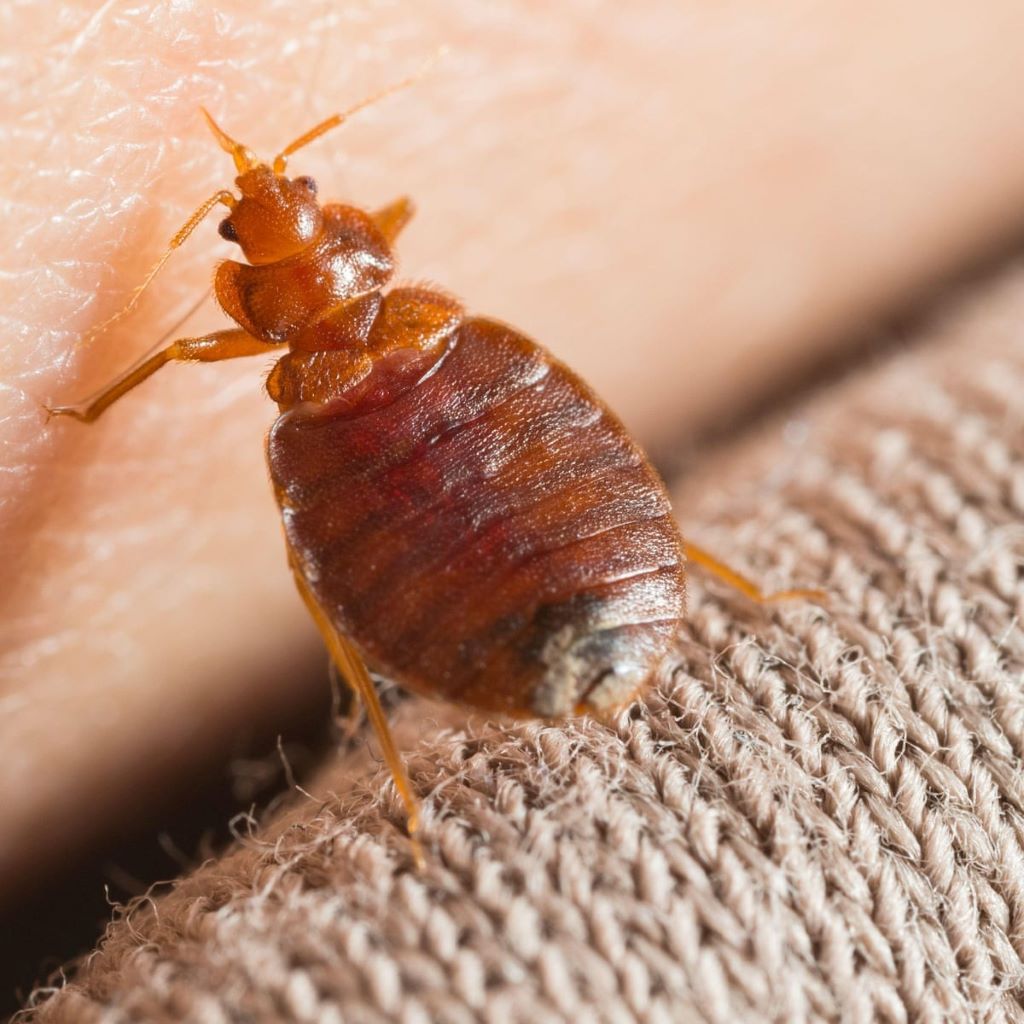Emergency rooms see countless unusual cases every day. However, some of the most memorable stories involve insects that have somehow made their way into human bodies. These real-life accounts from emergency departments across the country showcase the unexpected ways bugs can become medical emergencies. Health Articles Magazine has documented numerous cases where medical professionals had to perform delicate procedures to remove unwanted insect visitors from patients.
Medical professionals report that insect-related emergencies are more common than people might think. From cockroaches in ears to beetles in nasal passages, these cases require immediate attention and specialized removal techniques. Emergency room doctors have developed specific protocols for handling these situations safely and effectively.
The question many people ask is can cockroaches live in your peins, and while such cases are extremely rare, emergency rooms have documented instances where insects have been found in unexpected places. These situations require careful medical intervention to prevent infection and ensure complete removal of the insect.
Common Types of Insect Removals in Emergency Rooms
Cockroaches in Ears
One of the most frequent bug removal procedures involves cockroaches that have crawled into patients’ ears while they sleep. Dr. Sarah Martinez from City General Hospital recalls a particularly challenging case. A 45-year-old construction worker arrived at the ER complaining of severe ear pain and hearing loss.
“When we examined him with our otoscope, we could see the cockroach moving around inside his ear canal,” Dr. Martinez explained. The removal process required mineral oil to immobilize the insect before using specialized forceps to extract it safely.
The procedure took nearly 30 minutes because the cockroach had burrowed deep into the ear canal. Additionally, the patient required antibiotic treatment to prevent infection from the insect’s presence and any potential damage to the ear canal.
Flying Insects in Nasal Passages
Emergency departments also frequently handle cases where flying insects become lodged in patients’ nasal passages. Bees, wasps, and flies can accidentally enter the nose during outdoor activities, causing immediate discomfort and breathing difficulties.
Dr. Michael Chen from Regional Medical Center describes a memorable case involving a motorcyclist who had a bee fly into his nostril during a highway ride. The bee became trapped and began stinging the inside of the patient’s nose repeatedly.
“The swelling was immediate and severe,” Dr. Chen noted. “We had to act quickly to remove the bee before the swelling blocked his airway completely.” The removal required nasal decongestants to reduce swelling, followed by careful extraction using nasal forceps.
Beetles and Other Hard-Shelled Insects
Hard-shelled insects present unique challenges for emergency room staff. Their rigid bodies can cause more damage during removal attempts, and their ability to grip surfaces makes extraction particularly difficult.
A recent case involved a camping enthusiast who woke up with a beetle lodged in his ear. The beetle had crawled in during the night and became stuck when it tried to back out. However, its legs had created small scratches in the ear canal, complicating the removal process.
The medical team used a combination of irrigation and specialized instruments to safely remove the beetle without causing additional damage to the patient’s ear canal.
Medical Procedures for Safe Insect Removal
Preparation and Assessment
Emergency room protocols for insect removal begin with thorough patient assessment. Medical staff must determine the type of insect, its location, and whether it’s still alive. This information guides the removal strategy and helps prevent complications.
Doctors typically use otoscopes, nasal speculums, or other visualization tools to locate the insect precisely. Therefore, proper lighting and magnification are essential for successful removal procedures.
Immobilization Techniques
Living insects must be immobilized before removal attempts. Medical professionals use various substances depending on the insect type and location. Mineral oil is commonly used for insects in ear canals, while saline irrigation may be appropriate for nasal passages.
The immobilization step is crucial because living insects can cause additional damage by moving deeper into body cavities or creating scratches with their legs or wings.
Extraction Methods
Emergency room doctors employ different extraction techniques based on the situation. Forceps, suction devices, and irrigation systems are the primary tools used for insect removal procedures.
Consequently, the extraction process requires steady hands and patience. Rushed removal attempts can push the insect deeper or cause injury to surrounding tissues.
Prevention Strategies
Home Environment Management
Preventing insect encounters starts with proper home maintenance. Sealing cracks around windows and doors reduces the likelihood of insects entering living spaces. Regular cleaning and elimination of food sources also discourage insect activity in homes.
According to the Centers for Disease Control and Prevention, maintaining clean living environments significantly reduces the risk of insect-related health issues. Proper food storage and waste management are particularly important for preventing cockroach infestations.
Outdoor Activity Precautions
People engaging in outdoor activities should take specific precautions to avoid insect encounters. Wearing appropriate clothing, using insect repellent, and being aware of surroundings can prevent many insect-related emergencies.
Campers and hikers should inspect sleeping areas carefully and use protective gear such as mosquito nets or screened shelters when possible.
Sleep Environment Safety
Many insect-related ER visits occur because bugs enter the body while people sleep. Creating a secure sleep environment involves checking bedding, sealing bedroom entry points, and maintaining clean sleeping areas.
Furthermore, people living in areas with high insect activity should consider using bed nets or other protective barriers during sleep.
When to Seek Emergency Medical Care
Signs Requiring Immediate Attention
Certain symptoms indicate the need for immediate emergency room care. Severe pain, difficulty breathing, excessive swelling, or signs of allergic reaction require prompt medical attention.
Additionally, any situation where an insect cannot be removed safely at home warrants professional medical intervention. Attempting removal without proper tools and knowledge can worsen the situation.
Complications to Watch For
Infections are the most common complication following insect encounters. Signs of infection include increased pain, redness, swelling, or discharge from the affected area.
Therefore, patients should monitor their condition carefully after insect removal procedures and seek follow-up care if symptoms worsen or fail to improve.
Long-term Effects and Recovery
Healing Process
Most patients recover completely from insect removal procedures within a few days. However, the healing process depends on the insect type, location, and any complications that occurred during removal.
Medical professionals typically prescribe antibiotic drops or ointments to prevent infection and promote healing. Pain management may also be necessary during the initial recovery period.
Follow-up Care
Patients usually require follow-up appointments to ensure proper healing and detect any complications early. These visits allow doctors to monitor the removal site and adjust treatment plans if necessary.
Consequently, adherence to follow-up care instructions is essential for optimal recovery outcomes.
Conclusion
Real emergency room stories about bug removals highlight the importance of proper medical intervention for these unusual situations. From cockroaches in ears to beetles in nasal passages, these cases require specialized knowledge and careful handling to ensure patient safety. Understanding prevention strategies and knowing when to seek emergency medical care can help people avoid these uncomfortable and potentially dangerous situations. Emergency room professionals continue to develop better techniques for handling insect removal procedures, ensuring that patients receive the safest and most effective care possible.
Frequently Asked Questions
- How common are insect removal procedures in emergency rooms? Insect removal procedures occur several times per month in most emergency departments, with ear canal cases being the most frequent type.
- Can I safely remove an insect from my ear at home? Never attempt to remove insects from your ear canal at home. This can push the insect deeper and cause serious injury to your eardrum or ear canal.
- What should I do if an insect flies into my nose? Try gentle nose blowing to dislodge the insect, but seek medical attention if you cannot remove it easily or if you experience breathing difficulties.
- Are there long-term effects from having insects in your body? Most patients recover completely with no long-term effects when insects are removed promptly and properly by medical professionals.
- How do doctors prevent insects from going deeper during removal? Medical professionals use immobilization techniques such as mineral oil and specialized instruments designed to safely extract insects without pushing them further into body cavities.
Read More:
Six safety essentials you should have in your home




